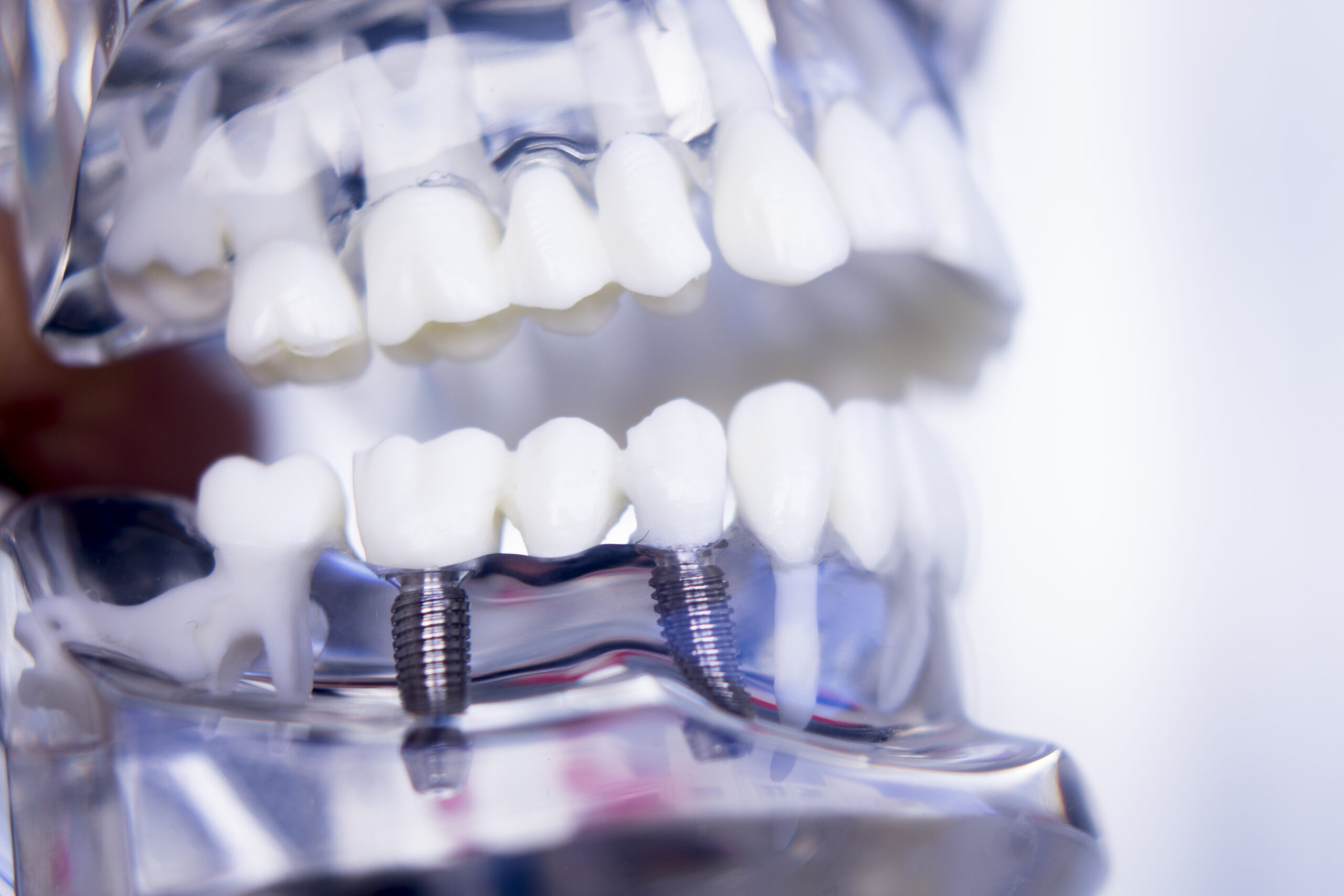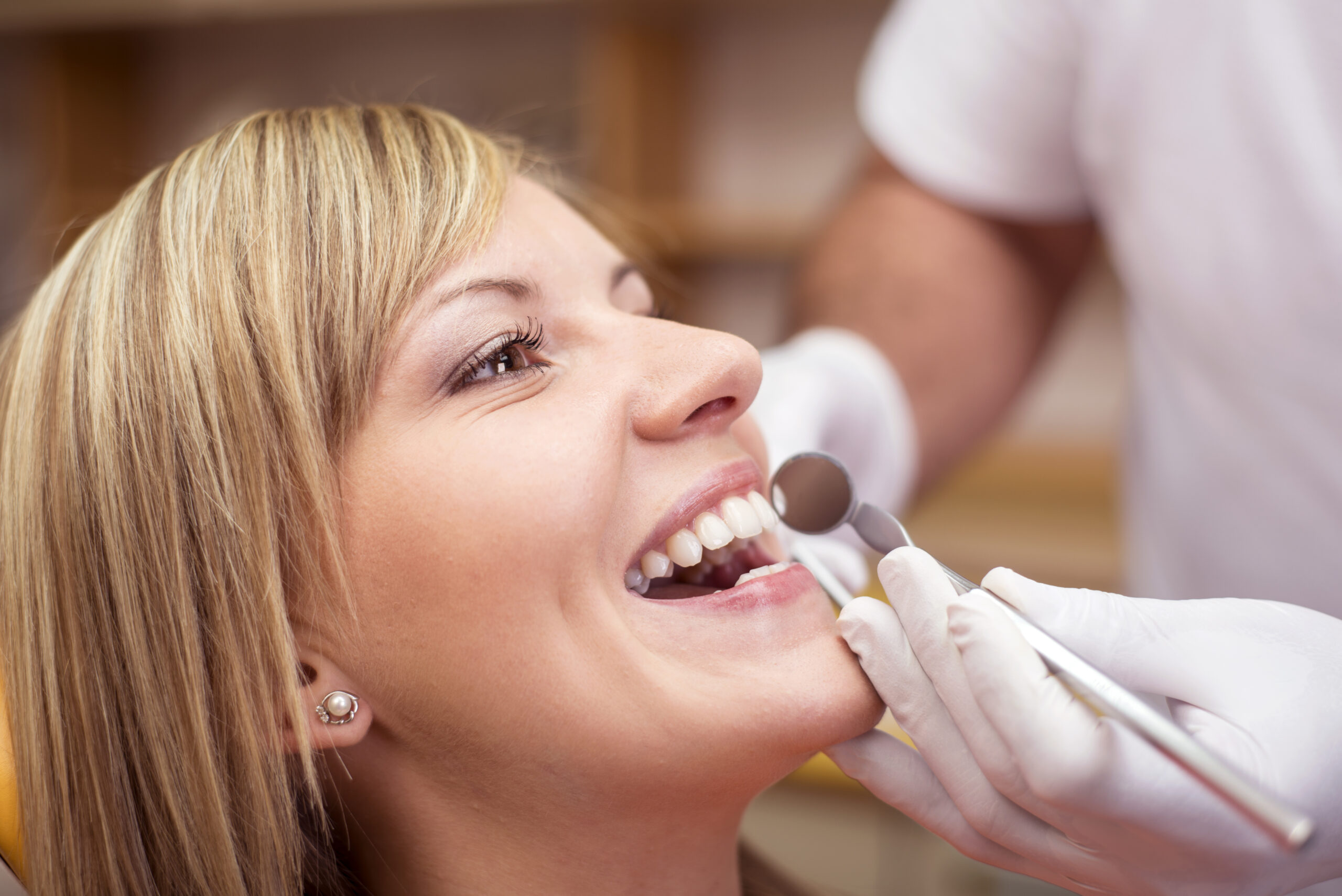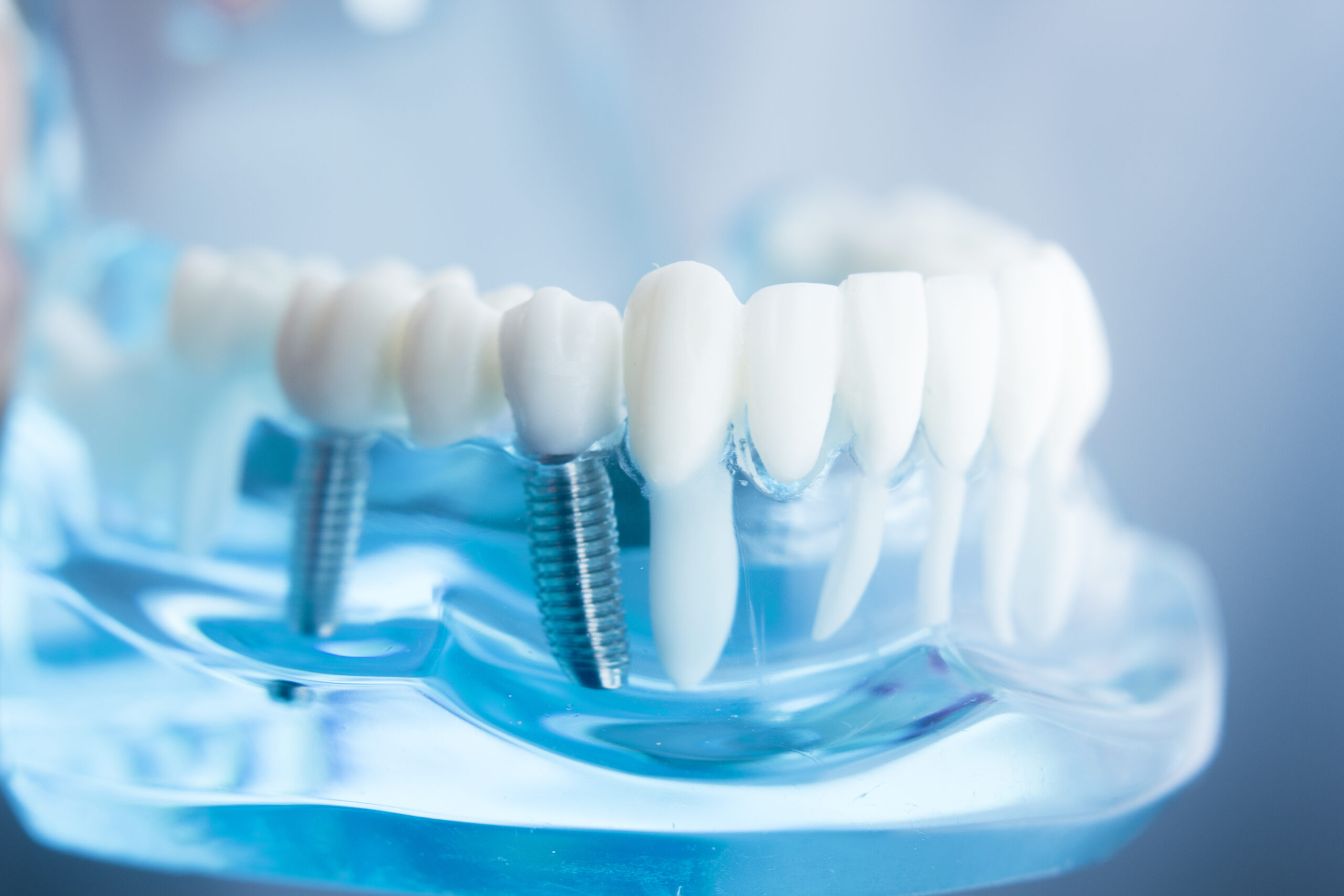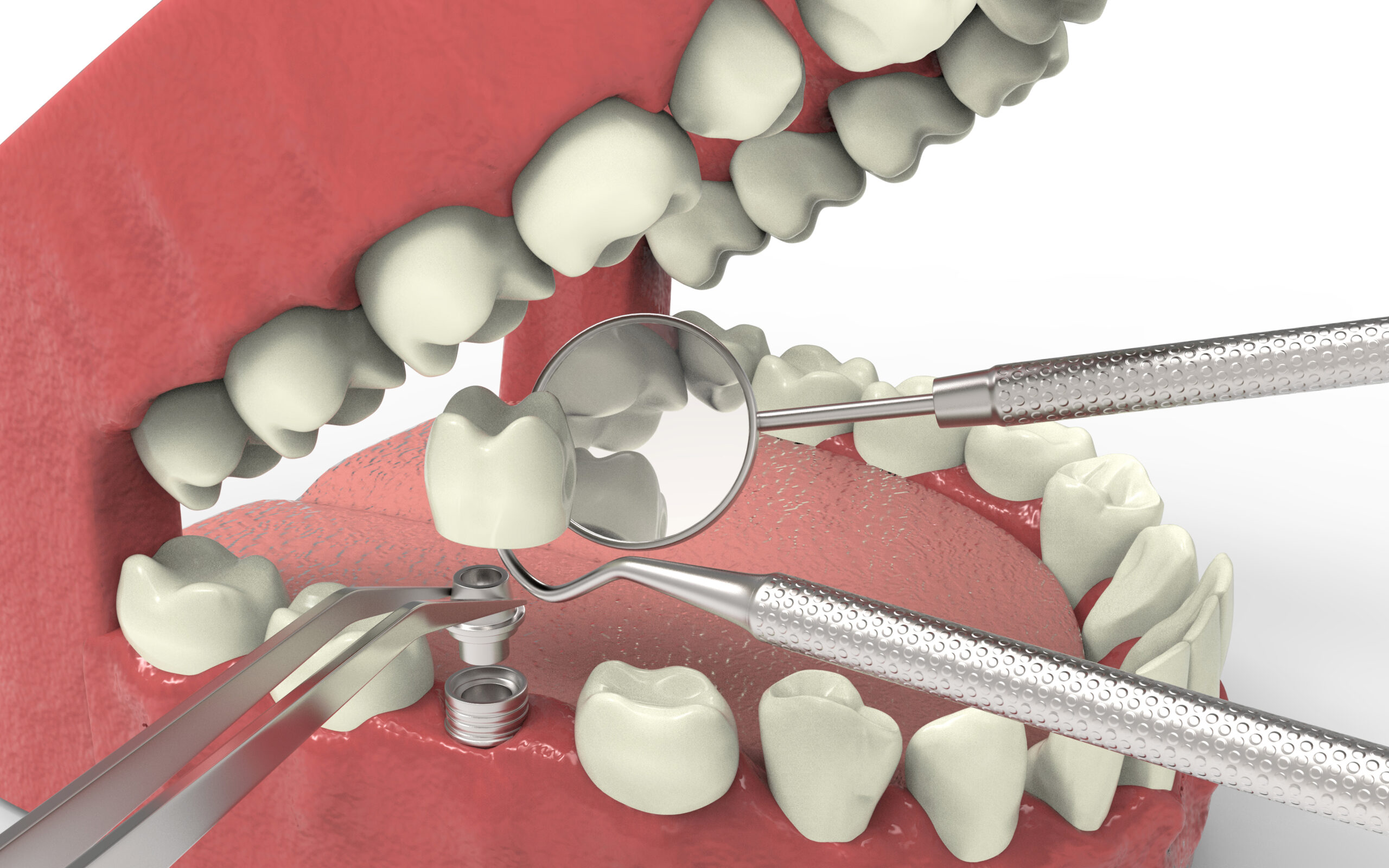Address: 555 Iron Bridge Rd STE 14 Freehold Township, NJ 07728
Bone Regeneration

Bone Regeneration in Freehold, NJ
If you are experiencing gum disease accompanied by bone loss, bone regeneration may be an effective option to restore the health and function of your smile. This periodontal surgical procedure aims to regenerate jawbone and tissue, which corrects the damage caused by periodontal disease.
By enhancing the health of your jawbone, bone regeneration helps protect your existing teeth and the soft tissues that support them, leading to improved overall health, function, and appearance. To learn more about your treatment options for bone regeneration in Freehold, NJ, please contact us.

Who is Bone Regeneration For?
Bone regeneration is beneficial for patients with missing teeth or those who do not qualify for dental implants. Successful dental implants require a substantial amount of healthy jawbone. Bone regeneration can help patients with deteriorated jawbone regain the necessary support for restorations or prepare for implant procedures.
The Bone Regeneration Procedure
During the bone regeneration procedure, your periodontist will place a biocompatible membrane between the gum and bone. This membrane acts as a barrier, preventing gum tissue from growing into the underlying bone as it heals. In some cases, a bone graft or tissue-stimulating proteins may be placed under the membrane to promote your body’s natural ability to regenerate bone and tissue.
The membranes used around teeth are typically designed to dissolve or be reabsorbed within a few weeks. There are numerous options available to enhance support for your teeth and restore your bone to a healthy level.
Bone Grafting in Freehold, NJ
If you have periodontitis, you may be losing bone support around your teeth. In order to avoid extractions, your periodontist may recommend bone grafting in Freehold, NJ. A bone graft is a regenerative surgery that is used to recreate bone and soft supporting tissues lost due to periodontitis.

How It Works
Bone grafting is designed to stimulate your body’s natural ability to rebuild the bone and structures that anchor your teeth to the jaw. First, your periodontist will separate the gums from your teeth in order to access the roots and bone. They will thoroughly clean the roots and fill the holes in the bone with a graft material. Your periodontist will put the gums back in place and stitch them together. Over the next few months, the grafted material will be encouraged to grow, which will fill in for lost bone and soft tissue.

Ridge Augmentation
A common application of bone grafting is ridge augmentation. This procedure aims to restore the natural contour of your gums and jaw after tooth loss due to trauma, congenital issues, infection, or periodontal disease. Achieving optimal gum and bone support for surrounding restorations or implants often requires both hard and soft tissue reconstruction.
After losing one or more teeth, it’s typical for your gums and jawbone to become indented in the areas where the teeth once were. This occurs because the jawbone diminishes when it no longer supports a tooth. This indentation looks unnatural and causes the replacement tooth to look too long compared to the adjacent teeth. It can also create an area that is difficult to clean.
Ridge augmentation uses bone and tissue-grafting techniques to fill in these indentations, resulting in a smooth gum line that integrates seamlessly with your restoration or dental implant. This not only enhances your smile but also improves overall oral health and function.

